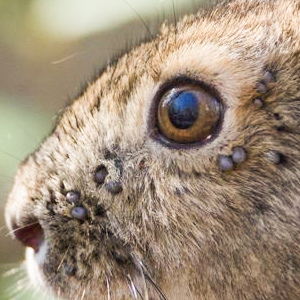Now that we’ve learned that ticks are going to be a problem this year, what do we do now?
Carissa Wasyliw, a Natural Area Manager at Nature Conservancy of Canada (and Waskahegan director-at-large) gives us her recommendations about preventing ticks:

It is recommended that a person covers up when they are in areas such as long grass, bush, and other areas where ticks thrive. Wear long-sleeved shirts and long pants to keep your skin protected from ticks. Throw on a hat (make sure to tuck your hair under it), and wear high boots-tucking your pants into your socks or boots may provide extra protection.
Use insect repellent on areas of your body and clothing that may come in contact with grass and brush. Deet products have proven to be highly effective in repelling ticks. Unfortunately, I don’t know of any natural repellents on the market, but I know they are being researched and developed. Finally, check your clothes and body for ticks after being outdoors. They like to be in warm and dark places, such as the waste-band of your pants, or in your hair, etc.
If you do find a tick, remove it!
Gently grasp the tick’s head and mouth parts with tweezers. Slowly pull the tick straight up off the skin – do not squeeze, jerk or twist it. Clean the bite area with soap and water or antiseptic. Save the tick in a clean, empty container. Add a small piece of tissue or cotton ball, lightly moistened with water, into the container. You can submit the tick in for testing to find out if it is a carrier of lyme disease.
Don’t apply matches, cigarettes or petroleum jelly to the tick, or squash it.

